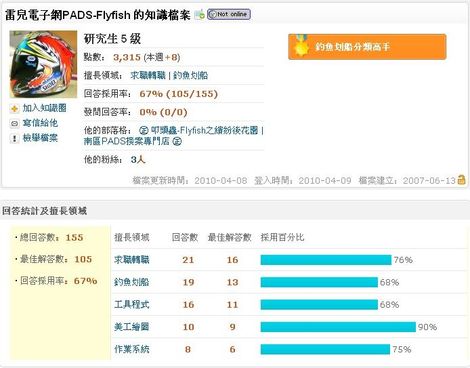
フルHDを超える4K画質で映像の撮影が可能なGoPro HERO3は、スマホからプレビュー&操作ができ、これまでのモデルに比べて格段に機能が向上したハイクオリティな手乗りサイズのアクションカメラなのですが、その中身は一体どうなっているのか?ということでiFixitが分解しています。
GoPro Hero3 Teardown - iFixit
http://www.ifixit.com/Teardown/GoPro+HD+Hero3+Teardown/12457
こちらがこれから分解していくGoPro HERO3。

まず、レンズから中を覗き込んで何か見えるか?と確かめてみましたが、残念ながら何も見えなかったとのこと。

本体右側面にあるカバーを外していきます。

こんな感じでHDMIポート、USBポート、microSDカードスロットが露出。

背面のカバーはボタンを押せば簡単に外れるようになっています。カバーの下にはバッテリーパックがあり、取っ手を引いて外せる仕組み。

こちらがバッテリーパック。Hero3のバッテリーは3.7V、1050mAh、3.85Whで、デバイスの小型化によってHERO2から50mAh減少しています。

裏面には高温で保管したり、バッテリーを分解・あるいは火を使って処分しないように、と書かれています。

デバイスを傷つけないよう、専用のプラスチック製ピンセットを使って外装を外していきます。

かぱっ

ドライバーを使ってネジを回していきます。

四隅が8.1mmのネジで固定されていますが、専用のドライバーを使えば簡単に外すことが可能。

ミッドフレームを外していくと……

後ろにはマザーボードがくっついていました。

テープを剥がします。

さらにドライバーを使ってネジを取り外します。

これがHERO3で使用されているイメージセンサー。

HERO3以前のモデルは500万画素、1100万画素でしたが、この小さなイメージセンサーは低光量でのパフォーマンスを向上させ、最大4K Cinema(15fps)の映像と1200万画素の写真撮影を可能にしています。

中央にあるのはソニーの半導体IMX117CQT。公式サイトには12MPの写真を1秒に30枚撮影できるとありますが、本来は1秒間に35枚の写真が撮れるセンサーです。

続いて、マザーボードにくっついている付属ボードを外していきます。

取り外した付属ボードがこちら。microSDポートのほか、A/VアダプターやLCDバックパック、拡張バッテリーなどが装着できるようになっているので大きめになっています。

さらにドライバーを使ってミッドフレームからマザーボードを取り外します。

分解。

赤枠のついている部分がChipsipのCT4924 128MB NAND flash+512MB DDR3、オレンジ枠がAmbarellaのA770 システムオンチップ、黄枠がAustriamicrosystemsのAS3713 system PMU with backlight driver、緑枠がKinetisのSCK20DN51Z USBコントローラー。

裏返した様子はこちら。青枠がAR6233GEAM2D 802.11n+Bluetooth4.0コントローラー、紫枠がAC3029。

さらにテープをはがしていきます。

カメラレンズを取り外しました。

レンズの前にギターのピックを持ってくると、左右が逆転して写っています。

とにかく分解しまくったため、デバイスに残ったコンポーネントはあとわずかです。ミッドフレームの上にははんだ付けされたケーブルと液晶ディスプレイ。

外装に残っていたコンポーネントを取りはずしました。

バッテリーの後ろに位置しているスピーカーとボタンが一体になったもの。

ということで、すべて分解してみると最後はこんな感じに。iFixitによれば分解しやすさは10段階のうちの「7」で、簡単な方だったようです。

・関連記事
発売されたばかりの「iPhone 5」をさっそく分解したフォトレポートが登場 - GIGAZINE
「Wii U」を早速分解したフォトレポート公開中、中身はこんな感じ - GIGAZINE
「iPhone 5」を分解する手順を記録したムービーがYouTubeにて公開中 - GIGAZINE
画面をたたき割られた「iPad」を「iFixit」の専用修理キットで直してみたレポート - GIGAZINE
任天堂のファミコンやロムカセットを分解してみた写真が公開される - GIGAZINE
2013年01月31日 19時00分43秒 in ハードウェア Posted by logq_fa












沒有留言:
張貼留言